Imagine a city where towering buildings covered in glass windows surreptitiously harvested the energy from every corner of the non-visible light spectrum, providing occupants with both a completely clear view and clean energy.
Well, you aren’t the first to imagine such a future. Solar windows have fascinated scientists, engineers, for almost half a century, their siren song occupying researchers from California to Denmark.
What are solar windows
The trick of solar windows is that they need to absorb non-visible light rays, like the UV spectrum, but leave the visible spectrum untouched. They then need to convert that non-visible light into a longer wavelength, trap it inside the window and guide it to the edge where a solar panel is ready and waiting, embedded in the window’s frame.
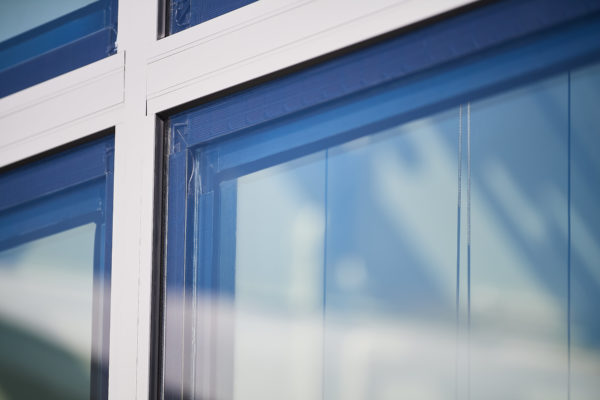
Daniel Carson | dcimages.org
Creating a solar window without any optical distortions or colour is one thing, the real sticking point is creating one which is actually scalable and able to be mass produced using normal industry manufacturing processes.
“Those are the difficulties but we’ve overcome them already,” ClearVue Technologies’ Executive Chairman, Victor Rosenberg, told pv magazine Australia. ClearVue today has an industry-standard 3.5 x 1.6 metre solar window which can harvest light with 3.3% efficiency, delivering a minimum of 30 watts per square metre while maintaining 70% transparency.
ClearVue is hoping to boost that efficiency up to 5% over the next 18 months though with the help of a group of researchers at the ARC Centre of Excellence in Exciton Science. Three of the centre’s researchers are currently developing nanoparticles which are able to transfer non-visible light rays in ways the softly-spoken scientists described to pv magazine Australia as something of a “breakthrough.”
ClearVue is far from the only company in the world developing solar windows, but Rosenberg believes they are the only ones with a completely clear and industry-sized window on the market today. Developed so they can be easily incorporated by architects and designers, Rosenberg says the ambition is to integrate solar windows into the construction industry where they could be used in office blocks, sky scrapers, bus shelters, airports, greenhouses and more. “Where ever you see glass,” Rosenberg said.
Just yesterday, the company announced its glass will soon feature in an inner city Sydney park where it will cover an outdoor seating area, capturing UV rays (therefore protecting park-goers from the harmful end of the sun spectrum) and using it to power the site’s lighting.
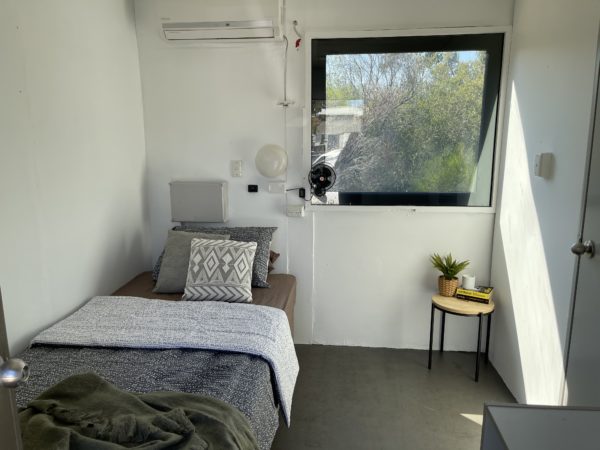
ClearVue
Multidisciplinary engineering sees industry – research relationships blossom
Given that the creation of solar windows involves making optimal luminescent solar concentrators, embedding them in lamination, speciality glass, a well as applying speciality processing materials and window coating, they’re a rather a monumental feat of multidisciplinary engineering.
Which is where Exciton Science’s ARC Centre of Excellence comes in. Funded by the Australian Research Council, the centre is a collaboration of leading light energy researchers from the University of Melbourne, Monash University, RMIT, University of NSW and the University of Sydney with a particular focus on industry partnership.
ClearVue is one of those partners, enlisting the expertise of the centre to bring its vision to new levels of clarity, literally. “Our contribution will essentially be ‘souping up’ the window they are already developing,” researcher Dr Nick Kirkwood told pv magazine Australia.
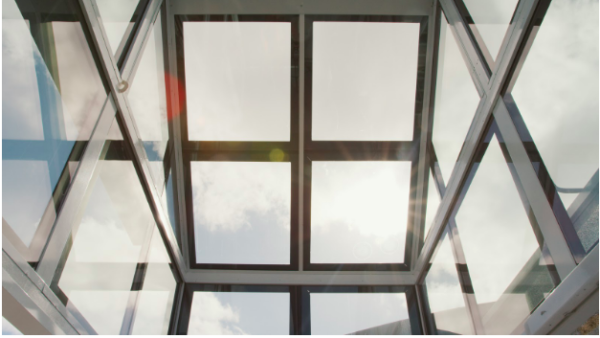
Photo: ClearVue
Nanoparticles and quantum yields
As is always the way with science, a little scratch of the surface tumbles you into an inexplicably whacky world. In this case, its one of nanoparticles or, as Rosenberg calls them, ‘quantum dots’.
They’ve really been solar window’s missing step, preventing the vision of a clear solar window becoming a cold, hard reality. “Making very high quality nanoparticles is a relatively recent development, having the control over these synthetic methods to make them well,” Dr Kirkwood said.
The nanoparticles’ job is to absorb the light of the sun and then reemit it inside the window at a different wavelength. The first part of that job, the absorption, is called the quantum yield. It refers to the percentage of photons the nanoparticles emit relative to how much they absorb – the higher the number, the more is emitted.
Alice Chen is heading up Exiton’s nanoparticle research for ClearVue, building on the work of her colleague Tim Warner. She has managed to get her nanoparticles to reach a quantum yield of 80%, though that number tends to drop down to around 60% when scaled. “These are really chemical reactions. We cook up these nanoparticles in beakers in our lab and so we can vary the temperatures and the times and what we add in – and then scaling that up is an art form,” Dr Kirkwood explained.
The second job of the nanoparticles is to reemit the sucked-in light at a different wave length, known as a stokes shift. Again, the bigger the stokes shift, the better. You don’t want one nanoparticle to spit out light only for its neighbouring nanoparticle to suck it right back up. Rather, you want all the other nanoparticles to ignore it, letting it refract along unimpeded to the side of the window. Here Chen has had another win, achieving a “breakthrough” gap between the absorbed and emitted lightwaves.
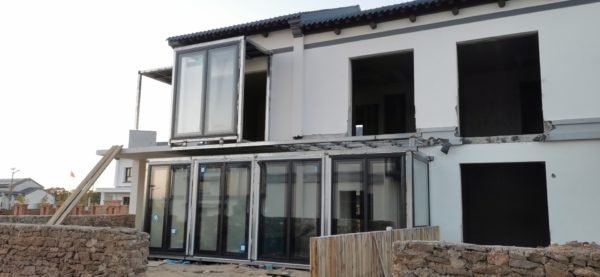
The sun’s reemitted light is then “wave guided” to the edges of the window. How this part works is really in the same principle as an optical fibre. “It’s to do with the angle of the light,” Dr Kirkwood said. As long as the angles are quite flat, it will keep bouncing.
But, of course, there’s a snag. The angle at which light is reemitted is always random, so there’s a chance it will just go straight back out the way it came. Generally you lose about 25% of the light which hits a window out of the faces. “This is one of the challenges we have to work with,” Dr Kirkwood said.
While no one has yet figured out a way to engineer chaos out of the universe, researcher Tim Warner has been looking into the effects of changing the nanoparticles’ shape and how this effects the angle light reemits. If you use a nano particle that’s shaped like a rod rather than a sphere, you have more control over which way the light is going to go, Warner explained.
This little kernel of knowledge hasn’t been integrated into the work the centre’s been doing with ClearVue yet because they haven’t managed to get their rod-shaped nanoparticles transparent, but it’s certainly possible, bringing paths to higher efficiency well into view. “It’s just this process of communication and iterative improvements until it works,” Dr Kirkwood said.
Missing nano-link
Why nanoparticles are a perfect fit for solar windows is twofold: firstly, they are nano sized, “so they actually don’t scatter light, they would make the window look completely clear. Whereas if you were to put larger particles like micron or millimetre sized particles in a window, it would have a milky look,” Dr Kirkwood said.
The second benefit is nanoparticles are inorganic – meaning they are made from metals (like metal oxides or metal sulphides) and various elements of the period table which remain stable under intensive light and high temperatures. “So they are able to withstand the manufacturing process and the window itself sitting in the sun, and also deliver on this optical promise that ClearVue have.”
“I think that’s why it’s really only been in the last five to ten years that people have realised you can actually make a highly efficient transparent or tinted window with this kind of technology,” Dr Kirkwood added. In other words, it’s a relatively recent development that this long-held solar window dream is technologically viable.
The other side to this coin is economic viability. As fate would have it, the collapse of PV cell pricing has coincided nicely.
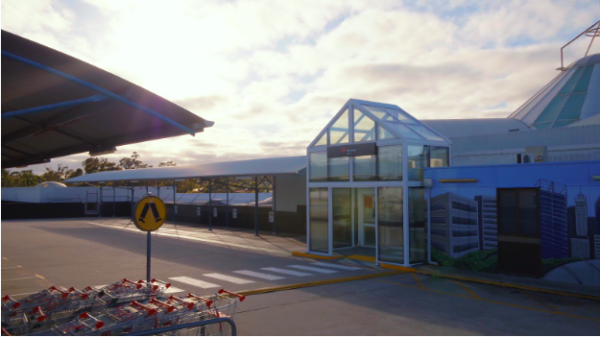
Image: Vicinity Centres and ClearVue Technologies
Messy reality of manufacturing
Which brings us to the where theoretical viability meets reality: manufacturing. Of the three researchers, Warner’s job is to take the materials made in the lab and put them into polymer films which will ultimately go into the window. These processes are hot (160°C is the industry standard), messy and intensive. “So we want to make sure that when we put particles into this process that they’re not just going to die,” Warner explained.
To this end, the Exiton Science crew recently teamed up with Martogg & Company to mix its nanoparticles in to polymer pellets, ready to be formed into films – a vital step for ensuring their science works not just in the clean university lab but also in the more brutal realm of industry. Beakers and Bunsen burners can only go so far…
‘The days of research for the sake of research are over’
Research–industry partnership lays at the heart of Exiton’s work, with Dr Kirkwood poking fun at the fact scientists haven’t always been the best at judging what’s useful and what’s not.
“You think you’re doing something correct, and actually you’re going off on a tangent,” he said.
ClearVue’s Executive Chairman, Rosenberg, agrees. “The days of research for the sake of research are over,” he told pv magazine Australia. “It’s got to be research that has a commercial outcome.”
ClearVue isn’t new to the world of research partnerships. The company’s lead scientist Mikhail Vasiliev came to the company after years of research projects at education institutions before becoming directly employed by ClearVue.
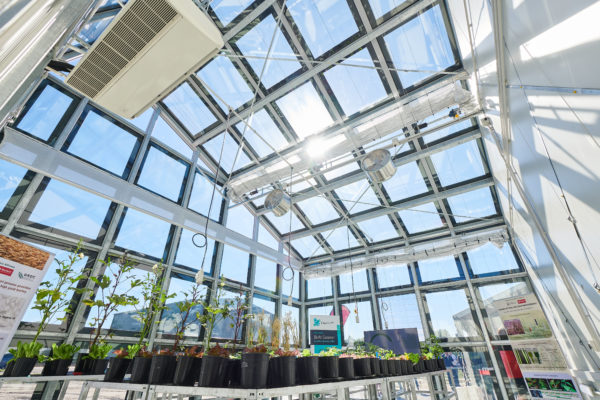
Image: Daniel Carson | dcimages.org
Producing a smart-city vision
ClearVue has had solar windows in production since 2017, though Rosenberg says the final touches of refinement have happened these last two years.
“It’s one thing trying to create the raw material that will give you the effect, you’ve then got to be able to manufacture the end product on a scaleable process, and that’s a real milestone. We’ve done that now,” he said.
ClearVue’s vision is to become an intrinsic part of smart city future design, with Rosenberg also noting the solar windows are highly insulative and can help building reduce power consumption. He believes there’s about 350 billion square metres of buildings in existence today, and that figure will double over the next 40 years. So when I asked him about the size of the solar window market, he chuckled. “It’s too big,” he said. “The new market is billion of square metres, the replacement market is billions of square metres.”
Currently ClearVue’s windows cost around US$300 – $400 (AU$400 – $530) per square metre and are being manufactured in China. Rosenberg expects that price to come down significantly as orders increase. Which they have been.
Just yesterday ClearVue announced the AU$114,000 order for the Sydney park. In April, the company opened the world’s first solar greenhouse at Western Australia’s Murdoch university, which featured three different versions of its transparent solar photovoltaic glazing panels.
Rosenberg says the company is already supplying its 3.3% efficiency windows to Japan, China, Korea, and the United States.
The company also recently signed a distribution agreement with Japanese company Tomita Technologies which will see its building integrated PV glazing products sold in Japan. And in May, ClearVue entered into an agreement with Dutch company eLstar which develops and industrialises smart glass applications in the building and transport industries.
“We are looking at incorporating the most cutting edge and the most advanced of luminescent materials,” ClearVue lead scientist Mikhail Vasiliev told pv magazine Australia.
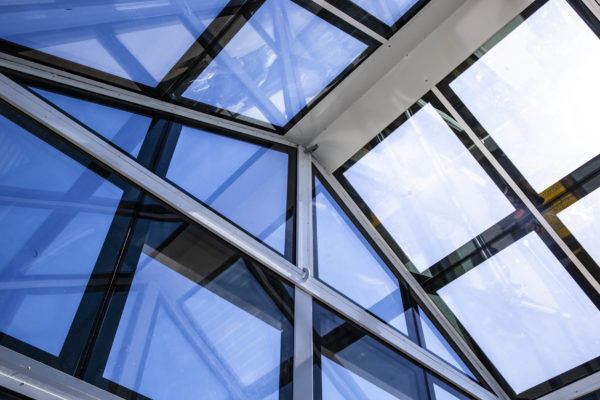
Image: ClearVue
This content is protected by copyright and may not be reused. If you want to cooperate with us and would like to reuse some of our content, please contact: editors@pv-magazine.com.
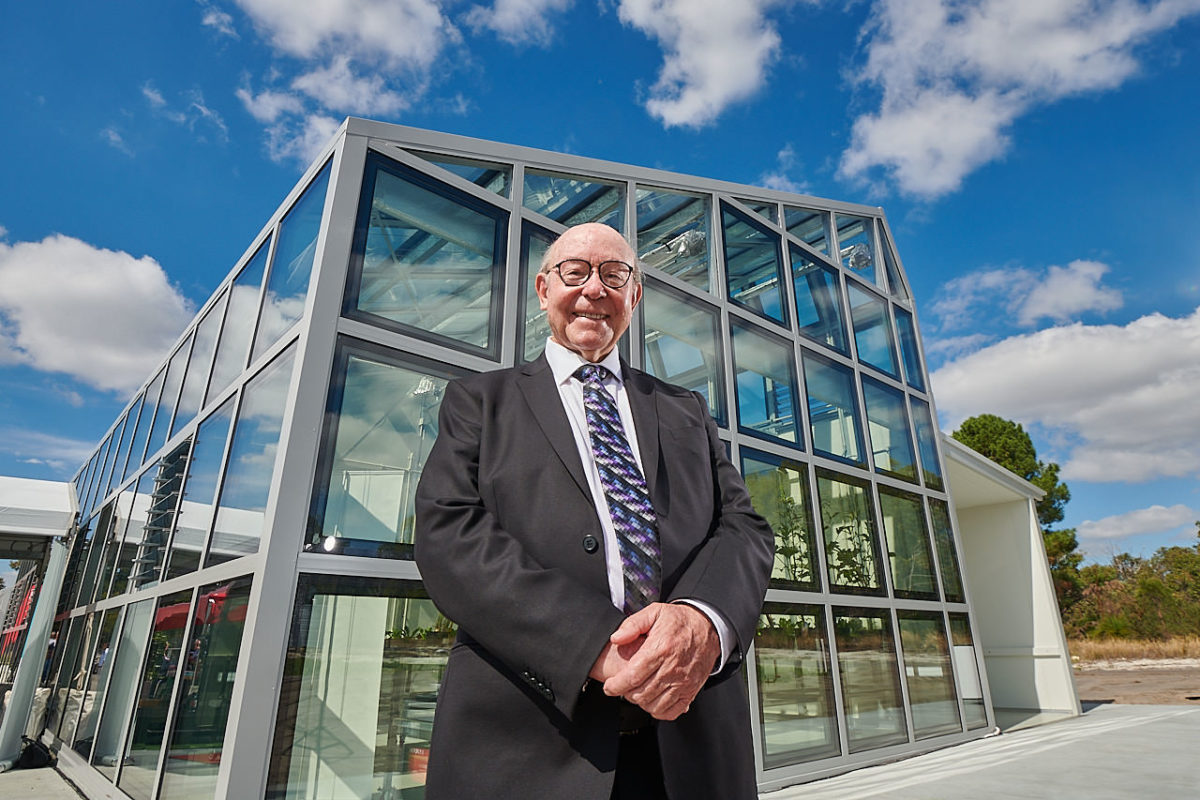








4 comments
By submitting this form you agree to pv magazine using your data for the purposes of publishing your comment.
Your personal data will only be disclosed or otherwise transmitted to third parties for the purposes of spam filtering or if this is necessary for technical maintenance of the website. Any other transfer to third parties will not take place unless this is justified on the basis of applicable data protection regulations or if pv magazine is legally obliged to do so.
You may revoke this consent at any time with effect for the future, in which case your personal data will be deleted immediately. Otherwise, your data will be deleted if pv magazine has processed your request or the purpose of data storage is fulfilled.
Further information on data privacy can be found in our Data Protection Policy.